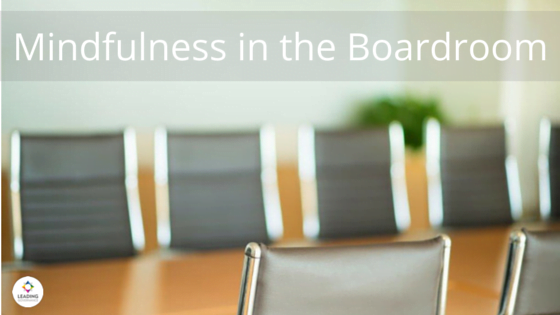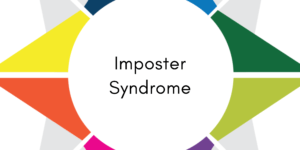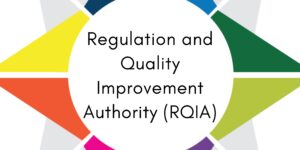I’m sure we’ve all had the experience of driving on a journey without noticing what’s around us (we can’t remember noticing landmarks, direction signs, beautiful views) because we’re preoccupied with our thoughts – about an argument we had a few days ago, a meeting coming up tomorrow, a conference presentation next month.
These days, many of us are tuning into the practice of mindfulness to help us to really notice what’s going on around us, be aware of how it’s impacting on us, and focus our attention on what’s important at the time. It can help to manage stress, and to keep us focused. In eastern culture, the practice has been used for many years. Recently it seems to have become very popular everywhere.
I recently undertook an on-line reminder course with Padraig O’Morain, who is a wonderful teacher (and now sends me very useful daily reminders).
He defines mindfulness as:
Returning
With acceptance
To what your senses bring you
I think of it as being fully aware and ‘in the moment’, noticing very proactively what is happening, and focusing attention on what’s important.
If we see the Board as the ‘brain’ of the organisation, then it’s equally important that we ensure it is focused on what really matters. So how can we create focus in the boardroom, and use mindfulness practices to help us?
Those who practice mindfulness consistently develop it as a way of being, rather than a set of tools to bring out occasionally. Like anything new though, it may help to consider some practical steps we can take to get started. Here are some ideas:
- When preparing the Board meeting agenda, the Board Chair and CEO should consider what value they want the Board to add through the meeting. Rather than a process-based agenda, with 15 topics that have apparently equal weighting, thought should be given to the items that can be taken as ‘read’ without needing to go through the detail. Having specific blocks of time allocated to sections of the agenda is a useful way of indicating in advance how important a topic is.
- The Chair of the Board should ensure that the papers going out a week before the meeting are in the right format – enough to give a comprehensive understanding of the issues, and not so much that Board members ‘can’t see the wood for the trees’. A good cover sheet can be very helpful with this.
- Using questions in the agenda, rather than just topic headings can focus Board members’ thinking during their preparation. If the topic is ‘budget’, there may be a risk of unhelpful negative thinking and conversation about budget cuts. Using questions like ‘How best do we allocate the budget of xxx in the coming year?’ and ‘Where can we raise additional funds of xxx for xxx in the coming year?’ can help to focus on useful action planning.
- At the beginning of a Board meeting, the Chair should consider how best to motivate Board members. Personal anecdotes about customers’ positive experiences of the business, and hearing about a staff member who has ‘gone the extra mile’ can be very inspiring. Reminding Board members of the vision, and progress towards it, can give people a positive boost.
- While it’s great to have diverse views in the boardroom, the debates can sometimes become ‘cluttered’ by the input of a wide range of opinions. It can be useful for the Chair to occasionally pause a heated debate, and ask each Board member round the table to give one or two of their key thoughts on the issue. At the start of that process, members should be reminded to really listen to each others’ views, rather than just focusing on preparing to share their own pearls of wisdom. The Chair can then summarise what they have heard and ask colleagues to focus on the next stage of the thinking with a great question.
- As any good coach will know, stimulating the right thinking can be helped by asking great questions. It can be useful for the Board Chair to ask during the meeting ‘What are the questions we need to ask ourselves at this point?’ Having a bank of possible questions available to Board members can help them to think of useful prompts for the thinking (eg) Who can advise us, or support our thinking on this? Who can we partner with on this? What are other organisations doing about this? What’s stopping this from happening? What are our options?
Perhaps there’s a danger that our Boards are sometimes driving on a journey without really noticing what’s around them. Developing a mindful boardroom culture might help us to see interesting alternative routes that may take us to a great place, and leave our meeting participants feeling motivated, inspired and focused.
- Sample Policy on Board Only meetings
- Annual Review Process – What you need to know
- If You’re Leading From The Boardroom – Tell Everyone
- Imposter Syndrome
- Why is it important for a Board to stay in its Role?
Not a member of the Leading Governance website yet? Consider joining today and get access to thousands of pounds worth of essential Governance materials, from Sample Board Agendas to Board Member Review templates and much more! Click here to find out more or watch our explainer video here.
See more of our recent blog posts below!






